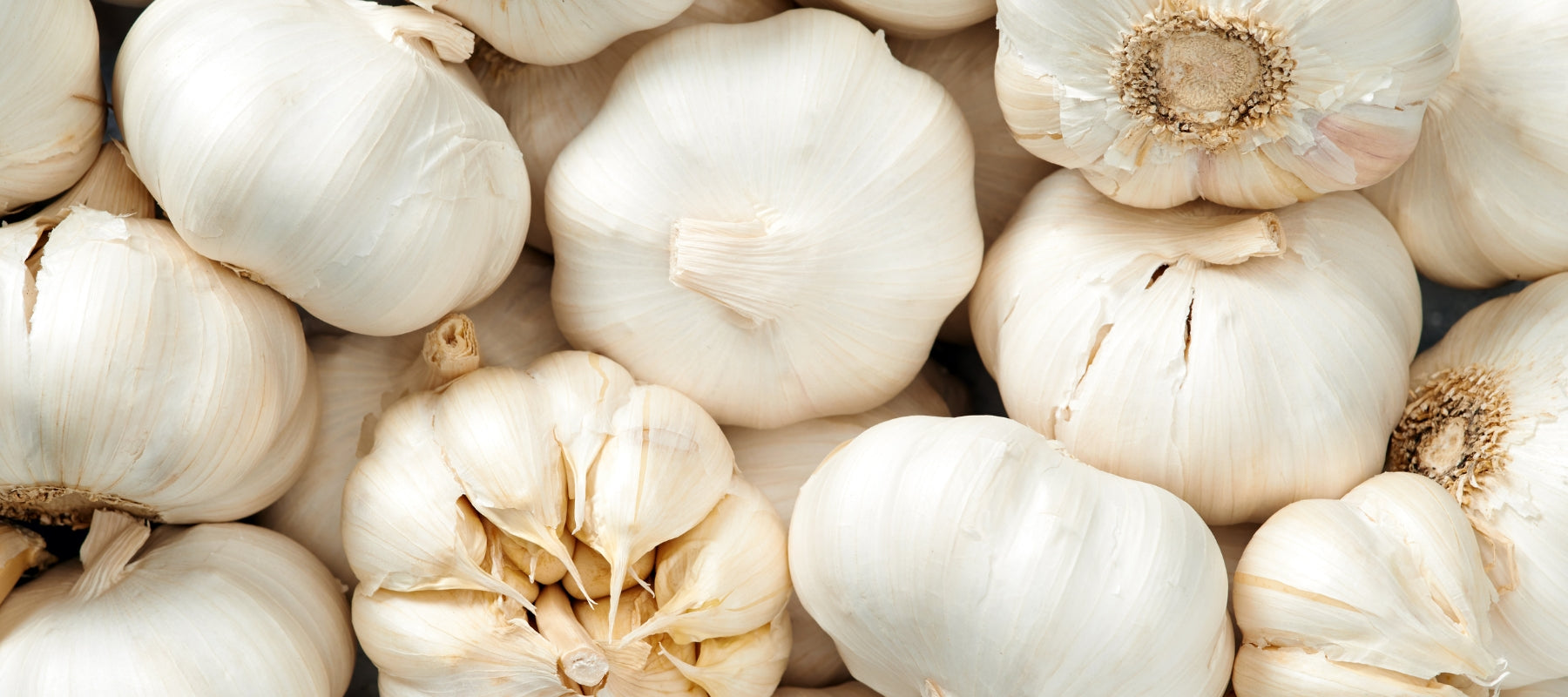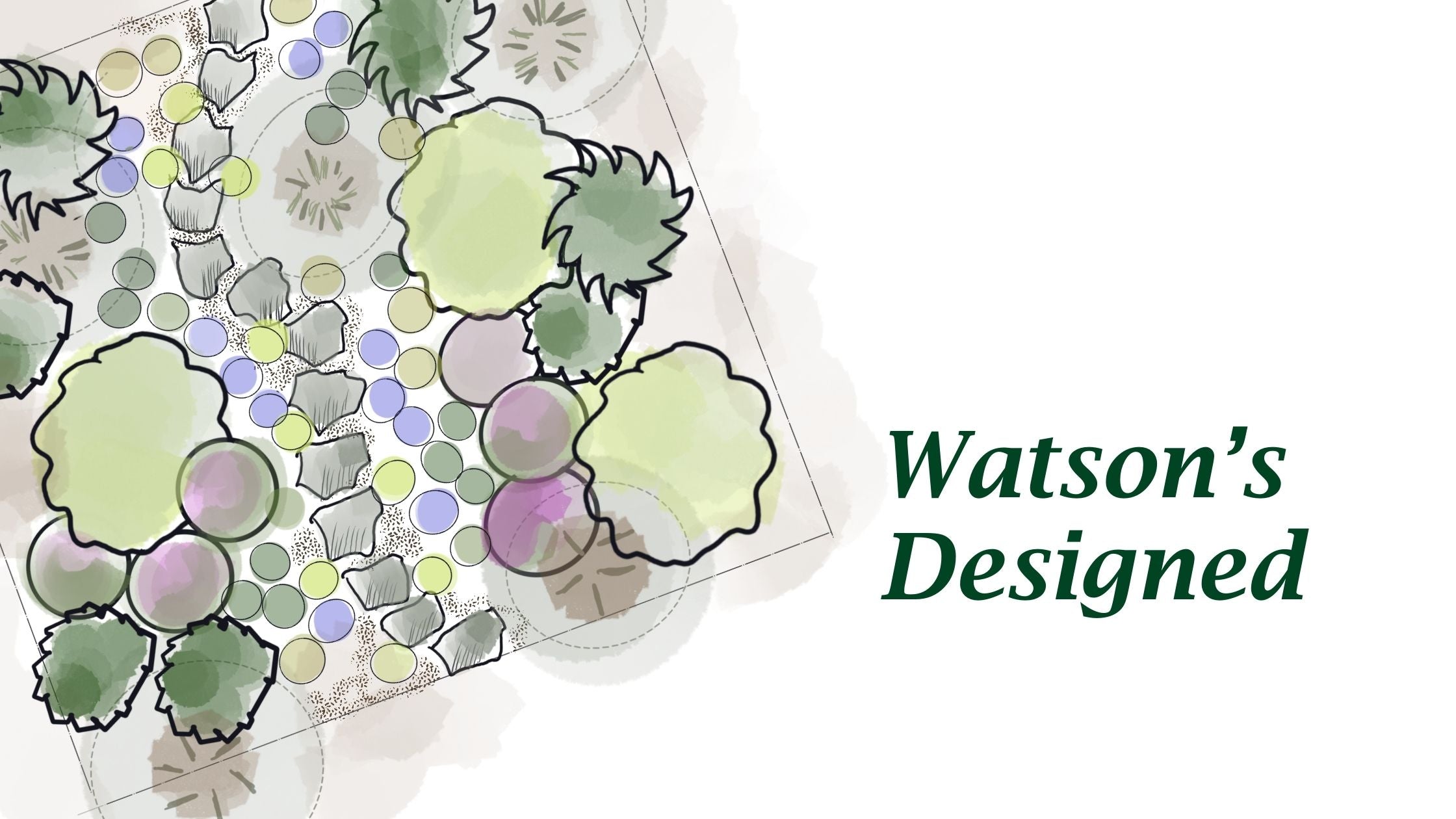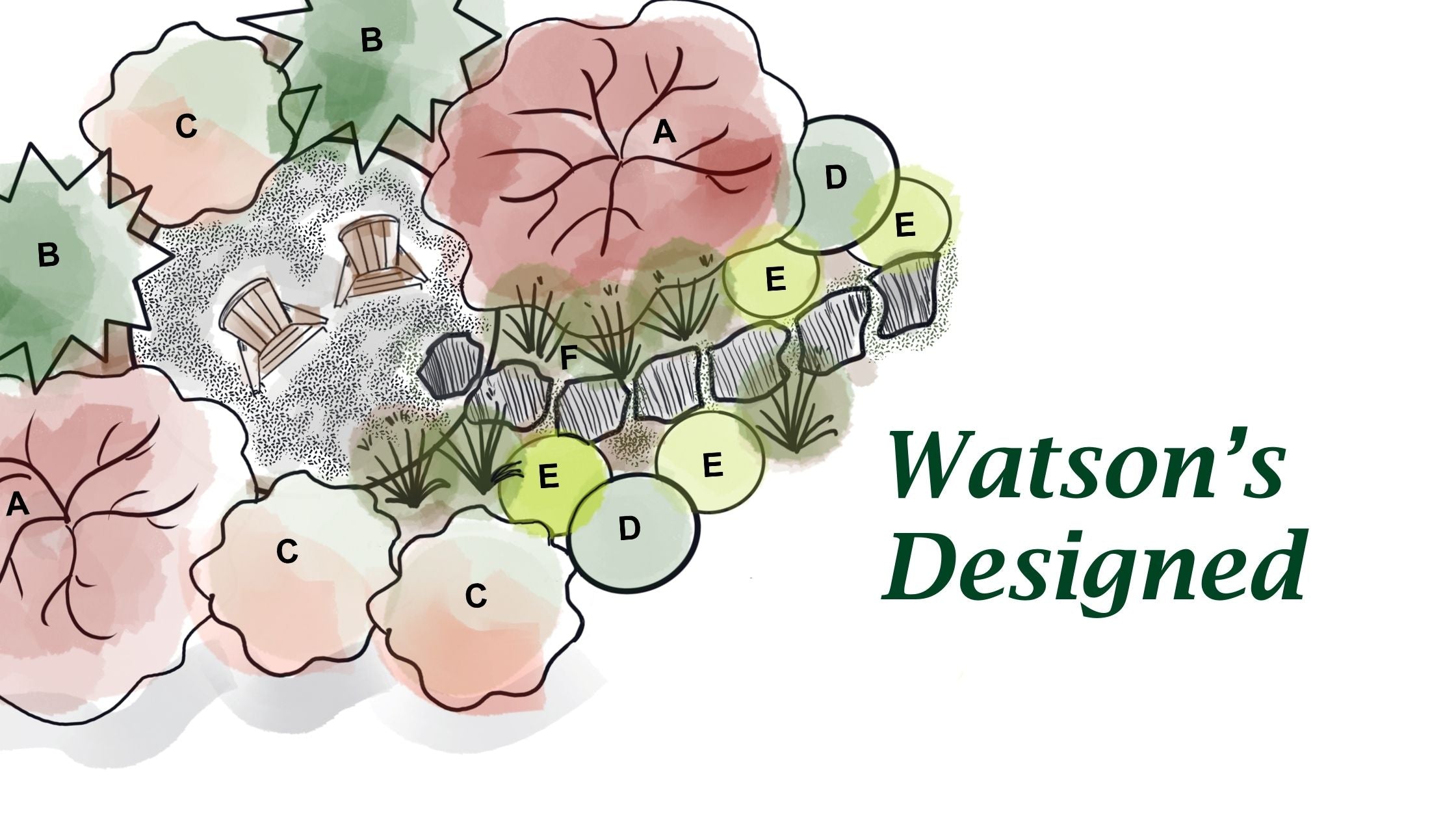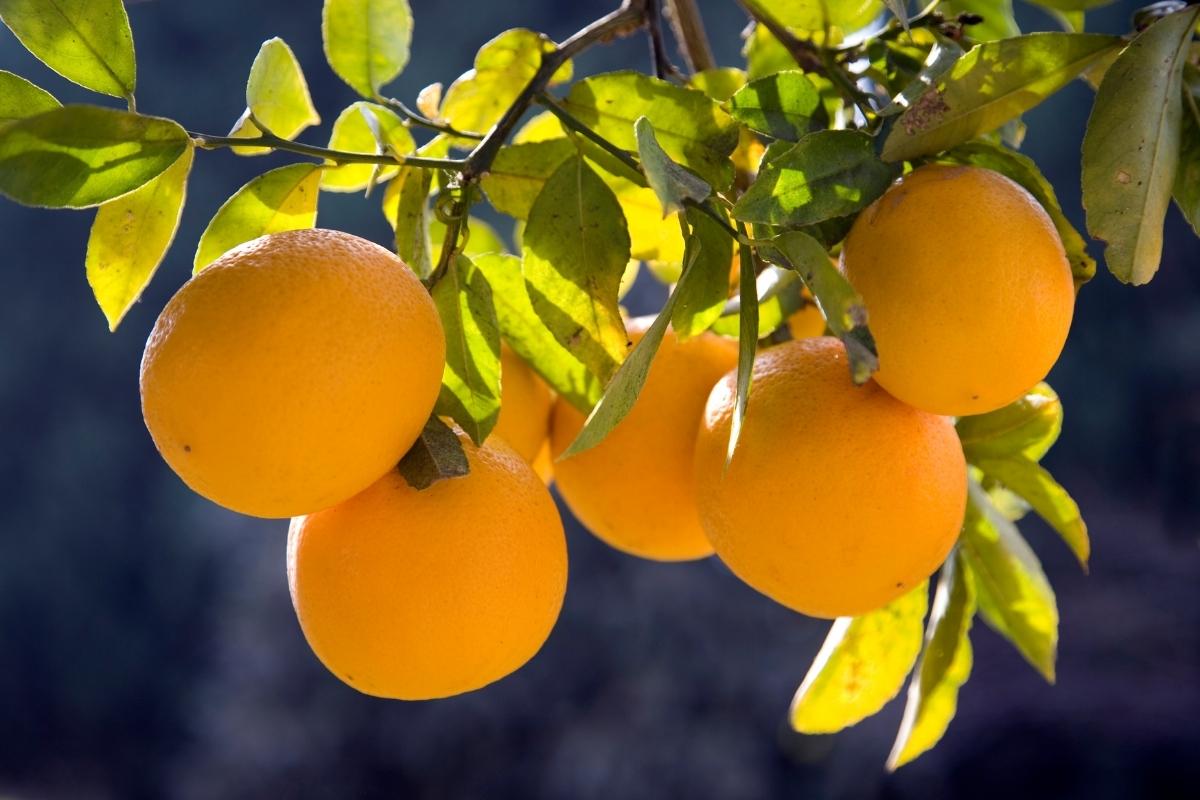Growing and Harvesting Garlic
Your Guide for the PNW Home Garden
Garlic is one of the most rewarding crops to grow in a home garden. There are a staggering number of varieties available, as garlic is a traditional foodstuff all over the world. Each region has its favorite types for different culinary and medicinal purposes. We find them much more exciting than the standard types you buy at the grocery store, offering complex flavors and a wide range of spiciness.
Types of Garlic: Hardneck vs. Softneck
There are two main classes of garlic: hardneck and softneck.
Softneck Garlic tends to have many smaller cloves, very tightly wrapped, which helps it to store longer once harvested. This is the variety you will often see beautifully braided, and it can last in your pantry for up to 9 months.
Hardneck Garlic is a larger plant, and both the bulb and the cloves are fewer and larger. It is generally easier to peel than softneck. Although it doesn't store quite as long (lasting a good 4-6 months), we find the flavor and ease of peeling make it worth it. Once your stored bulbs start to sprout, we know it's time to split up the remaining bulbs, plant the largest cloves, and puree the rest, freezing it into ice cube trays until our next harvest.
We prefer to grow the hardneck types ourselves and just plant them in both the spring and the fall to ensure we never run out of homegrown garlic.
Planting Garlic for Continuous Harvest
Garlic is such an easy plant to propagate, save, and pass on to other gardeners because the part we plant is the clove itself, and it stores well. Garlic tolerates a wide variety of soils as long as it isn't sitting in water over the winter.
It can be planted in spring or fall; we've planted as late as Thanksgiving and still gotten huge, beautiful bulbs the following June. If you are really wanting a constant supply of your own garlic, plant in both seasons!
Garlic can be grown successfully in pots or even integrated into your flower beds, as it produces a lovely white or purplish flowerhead similar to an allium.
When planting your garlic cloves, push them 3-6 inches deep, 6-8 inches apart, with the small flat side down and the pointed side up.
Harvesting Garlic: Scapes and Bulbs
There are two things you can harvest and eat from your garlic plants—the garlic scape and the mature bulbs.
Garlic scapes are the immature flowering stalks the plant sends up in April or May, depending on the weather and when you planted. Harvesting the scape is thought to force the rest of the plant's energy into making a larger, superior bulb. To harvest, gently grasp the stalk as close to the rest of the leaves as you can and pull steadily upwards. The goal is to get as long a scape as possible, as the part closest to the bulb is the most tender and tasty.
Harvesting the bulbs is quite easy as well. You'll know it’s time when the 3rd or 4th leaf dries up, starting from the bottom. Each of these leaves represents one of the protective layers wrapped around your garlic bulb. You’ll want to use a digging fork or small shovel to carefully loosen the soil underneath your bulb. Garlic roots can hold on surprisingly tightly, and if you try to pull them out, you might lose the roots or the tops.
To ensure your bulb reaches its full storage potential, let the whole plant dry in a cool, dry place out of the sun for at least two weeks. After that, you can trim the roots off and braid up your softnecks or just trim the top of your hardnecks about 2 inches above the bulb.
Pests & Disease Prevention
Garlic is relatively pest-free, even when young. The biggest challenges are ensuring your soil drains well enough so your cloves don’t rot over the winter and managing garlic rust.
Garlic rust is a fungal disease that can affect alliums in our rainy climate. It appears as white and rusty-looking spots on the leaves and can reduce plant vigor, potentially stunting your bulbs if severe. The best ways to prevent garlic rust are:
Properly space your plants to allow for good air circulation.
Use fresh mulching material each spring and fall.
Clean up all the leaves and debris after the growing season.
If you do notice some rust, don’t panic—your garlic is likely to be completely fine and still safe to eat. If you remove the affected leaves right when you first notice it, that can help. We recommend not composting these affected leaves, as that can keep the fungal cycle going in your garden.



